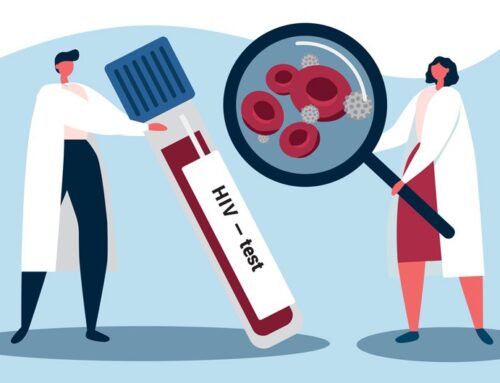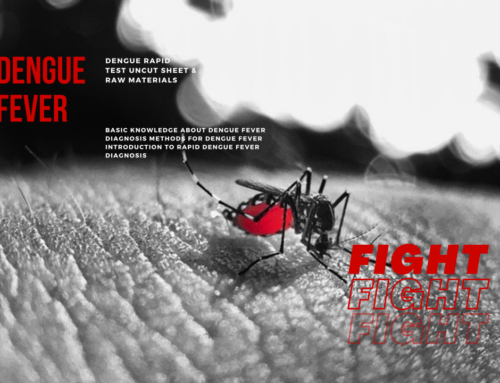Feline coronavirus (CoV) is a common virus that can cause mild respiratory disease in cats. However, recent studies have shown that feline coronaviruses can also infect humans and cause severe respiratory disease. Currently, feline coronaviruses are spreading throughout the world and are of great concern. In this article, we will describe the current epidemiologic status of feline coronaviruses, their causes, modes of transmission, and rapid diagnostic modalities.
- Current status of feline coronavirus epidemics
Recently, feline coronavirus (FCoV) epidemics have occurred in several countries around the world, causing widespread concern and worry.
Around 300,000 cats – both domestic and stray – have died of feline infectious peritonitis (FIP) on the island since January, according to Dinos Ayiomamitis, head of Cats PAWS Cyprus.
Deadly cat virus in Cyprus could be ‘potentially catastrophic for UK’ | World News | Sky News
- Causes of feline coronavirus
Feline coronavirus is a virus that infects felines. It is mainly transmitted through the respiratory and digestive tracts of cats. Once infected, feline coronavirus can cause pathological changes in cats, leading to a variety of symptoms, including respiratory distress, diarrhea, vomiting and loss of appetite. In some cases, feline coronavirus can also cause more serious diseases, such as feline infectious peritonitis, which is caused by a mutation of the feline coronavirus.
- Transmission mode of feline coronavirus
The pathogenic principle of feline coronavirus is mainly by infecting the cat’s intestinal cells, causing apoptosis and inflammatory response. The virus is able to destroy intestinal cells, leading to diarrhea and other digestive symptoms. In addition, feline coronavirus can also infect the cat’s respiratory tract, leading to respiratory symptoms.
- Rapid diagnostic modalities for feline coronaviruses
Traditional diagnostic methods for FCoV include pathologic examination, virus isolation, and immunologic testing. However, these methods require time and complex laboratory conditions, making rapid diagnosis and treatment difficult. Therefore, researchers have developed a FCoV diagnostic method based on a Rapid Diagnostic Test (RDT) to allow virus detection outside the laboratory.
Feline Coronavirus Rapid Diagnostic Reagents are based on the principle of using monoclonal or polyclonal antibodies to bind to the FCoV antigen, creating a visual signal. These reagents typically consist of two test strips, one with a monoclonal antibody to the FCoV antigen and the other with particles specific to the monoclonal antibody. When FCoV antigens are present in the sample, they bind to the antibodies in the reagent, forming a complex, and the particulate matter precipitates on the test paper, producing a visible color change.

Using the Feline Coronavirus Rapid Diagnostic Reagent is simple and easy. First, add a sample (e.g., cat feces) to the sample wells and then add the buffer from the reagent. Next, wait about 10-15 minutes and observe the results of the reagent. If FCoV antigen is present in the sample, the reagent will show a positive reaction with a color change to red or purple. Conversely, if the FCoV antigen is not present in the sample, the reagent will show a negative reaction with no color change.
In conclusion, the Feline Coronavirus Rapid Diagnostic Reagent has the advantages of being rapid, simple, easy to administer, and accurate for the diagnosis of FCoV outside the laboratory and in the clinical field.
Feline coronavirus is a common virus that can cause mild respiratory disease in cats. Recent studies have shown that feline coronaviruses can also infect humans and cause severe respiratory disease. The virus is transmitted primarily through the respiratory and digestive tracts, and humans can become infected with the virus through contact with cats infected with feline coronavirus or contact with contaminated items. Currently, diagnosis of feline coronavirus relies mainly on laboratory testing, which requires time and equipment. Therefore, the development of faster and more accurate diagnostic methods is essential.





